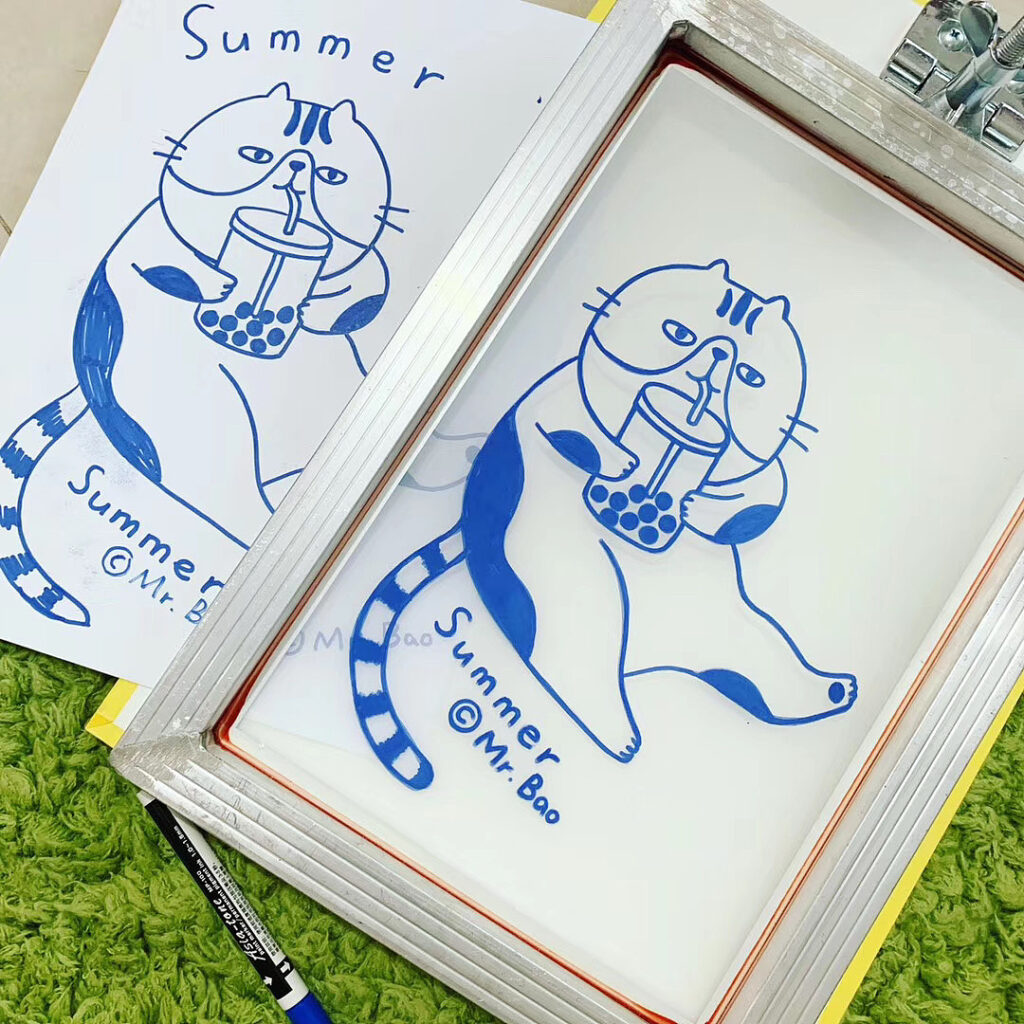What is screen printing?


Screen printing, also known as silk screening, is a printing technique that involves transferring ink onto a garment through a mesh screen. The screen is made of a fine mesh material, typically polyester or nylon, with areas blocked off to create a stencil. The stencil allows ink to pass through only in specific areas, forming the desired pattern or design.
What are the benefits of direct to garment printing?
Durability
Screen printing produces prints that are highly durable and long-lasting. The ink used in screen printing is typically thicker and more resistant to fading and wear, making it ideal for items that undergo frequent use.
Versatility
Screen printing can be used on a wide range of materials, including fabric, paper, plastics, and more. It is suitable for various surfaces and garments making it a great source for decorating your products.
Cost-effective for large quantities
Screen printing becomes more cost-effective when producing larger quantities of prints. Once the screens are set up, the process of printing multiple copies becomes more efficient, making it an economical choice for bulk production vs DTG printing.
Limited Detail
Compared to other printing methods, screen printing may not offer the same level of detail and precision, especially when dealing with intricate designs or fine lines.
High setup costs for small quantities
Setting up screens and preparing the stencils for screen printing can be a time-consuming and costly process. This makes it less cost-effective for small print runs or one-off custom prints.
What are the drawbacks of screen printing?

